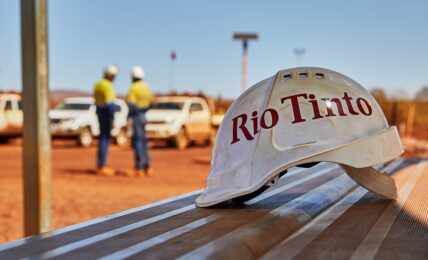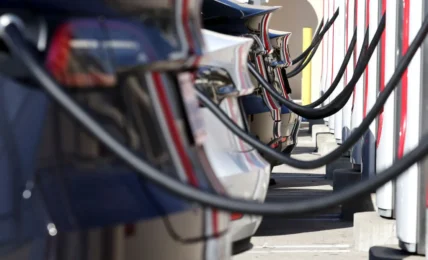Apple released its Product Environmental Report for its new iPhone 16 lineup, highlighting some of the key sustainability attributes of its new products, and the progress the company is making towards its climate and sustainable materials goals in the manufacturing and use of its products.
The report indicated that Apple has achieved lifecycle greenhouse gas (GHG) emissions reductions of 30% for its new iPhone Pro 128 GB and iPhone Pro Max 16 256 GB models, against a business as usual scenario which models no use of clean electricity beyond that available on the grid, Apple’s carbon intensity of key materials on the 2015 baseline used for its 2030 climate goals, and its average mix of transportation modes by product lines across 2017-2019.
According to the report, the greatest contributor to date to the reduced GHG footprint of the new iPhone, which now stands at 74 kg for the iPhone 16 Pro Max compared to a 105 kg baseline, is the increased use of low carbon electricity in Apple’s supply chain, which the company noting that low carbon solutions implemented by suppliers reduced product emissions by more than 20%.
The company noted that its calculation of carbon footprint accounts for the emissions necessary to generate low-carbon electricity, including the manufacturing and maintenance of renewable energy infrastructure.
Apple set a goal in 2020 to become carbon neutral across its entire business, manufacturing supply chain, and product life cycle by 2030. Emissions from the product manufacturing represents nearly two thirds of Apple’s carbon footprint, with electricity use as the single largest contributor. In 2022, the company urged its supply chain to decarbonize their entire Apple-related Scope 1 and 2 emissions footprint, and notified suppliers that progress towards these goals would be one of the key criteria considered when awarding business. Apple revealed earlier this year that suppliers representing 95% of its manufacturing spend have committed to use 100% renewable energy for Apple production by 2030, and that the use of clean energy in its supply chain had increased by 20% in a year to 16.5 GW.
In addition to adopting clean energy, Apple revealed that increased use of sustainable materials have also contributed to the reduced GHG footprint. The report indicated that the new iPhone contains more than 25% recycled content, resulting in approximately 7% emissions reduction.
Apple’s use of recycled or renewable content includes the use of 100% recycled cobalt and more than 95% recycled lithium in the iPhone 16 battery. Apple set a goal in 2023 to use 100% recycled cobalt in batteries by 2025, up from around 25% in 2022, and has included cobalt and lithium in its list of prioritized materials for its transition to recycled and renewable content based on environment, human rights and supply impact.
Other key iPhone 16 environmental sustainability features highlighted in the report include the use of 100% fiber-based, supporting Apple’s goal to remove plastics from packaging by 2025, and of 100% recycled or responsibly sourced wood fibers, reduced product energy use and increased durability, and the ability for customers to trade in their device or for the company to recycle it for free.
In its report, Apple said:
“We take responsibility for our products throughout their life cycles—including the materials they are made of, the people who assemble them, and how they are recycled at end of life. And we focus on the areas where we can make the biggest difference for our planet: reducing our impact on climate change, conserving important resources, and using safer materials.”



